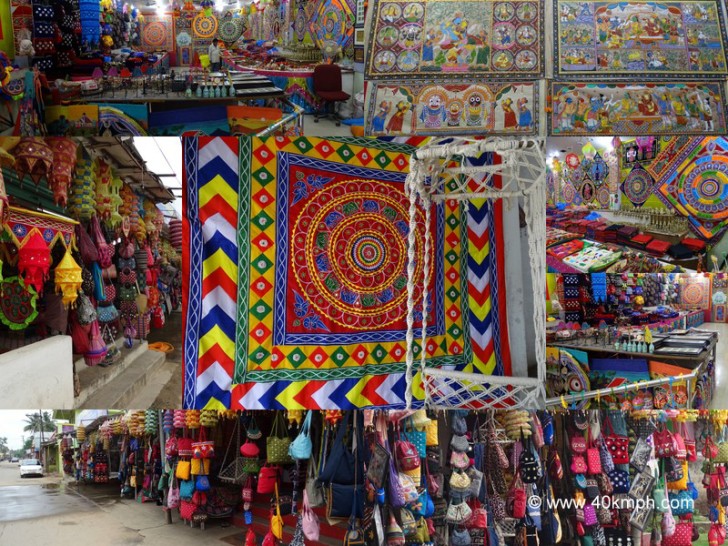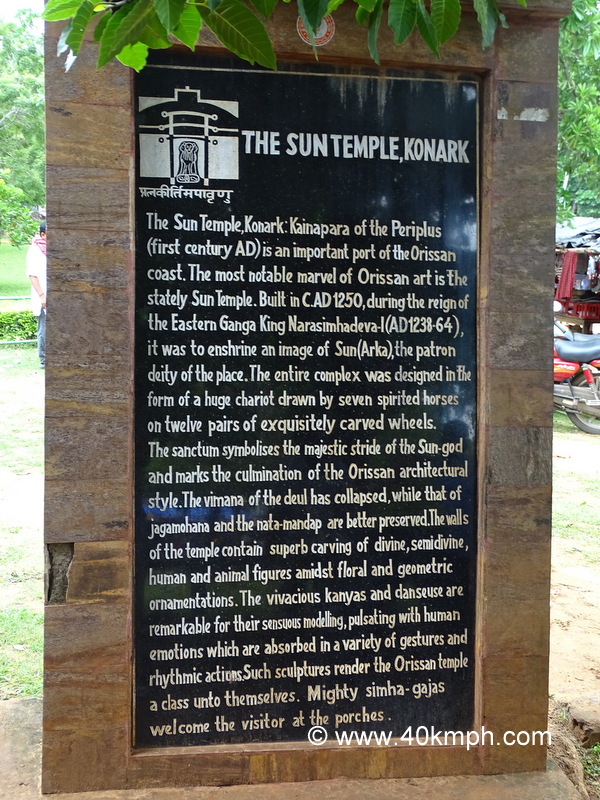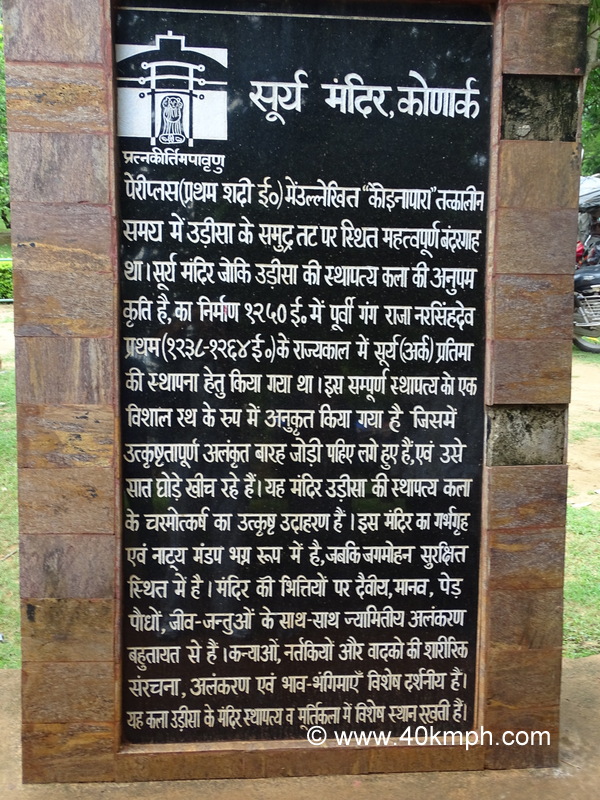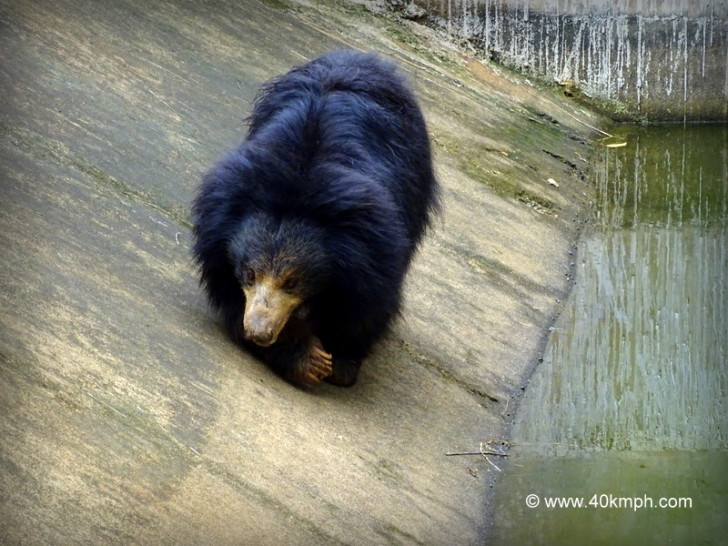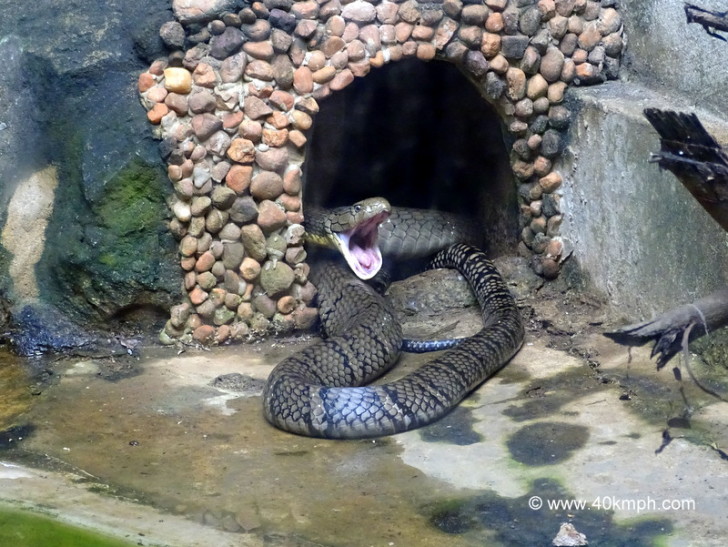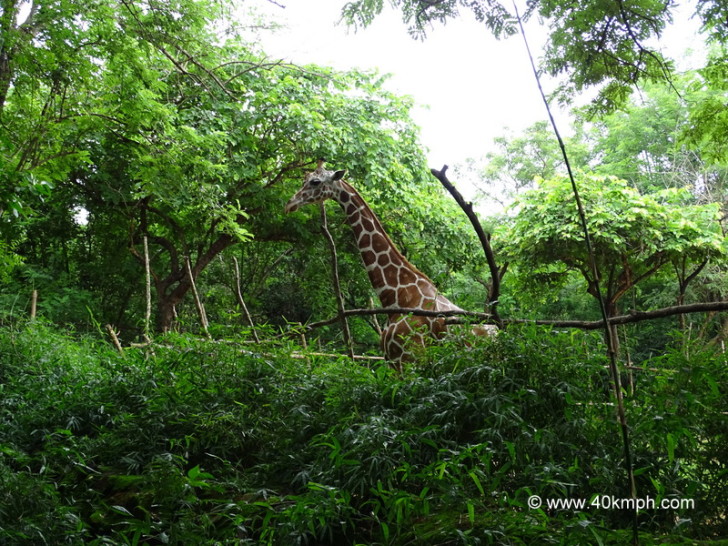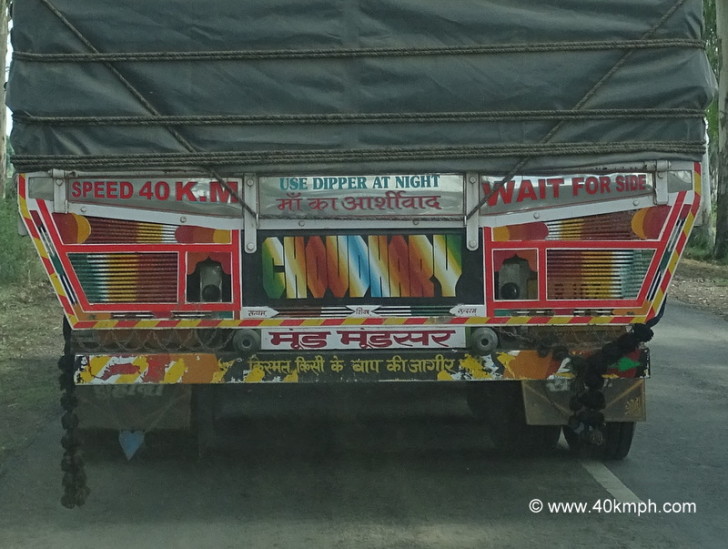While returning from Sun Temple in Konark, we stopped at Pipili – famous for applique work. Local residents of Pipli are well known for colorful art on clothes locally known as Chandua. They are also excellent at making colorful umbrellas, decorative wall hangings, carpets, chandeliers, lady’s purses, pillow covers, and many other attractive items. Pipli is well known all over the World for artistic applique work. If you are in Puri Town (Pipili approx. 50 km distance), try to visit Pipili to appreciate this fantastic art. Men of Pipili are more into this art form than women which is new and interesting knowledge. The Kings of Pipili set up the village, especially for applique artists. Must visit for sure.
Konark Sun Temple – History Narrated by Tourist Guide
After covering approx. 50 km via 316 National Highway from our hotel in Puri we reached Konark while stopping before at Chandrabhaga Beach (36 km) to have a glimpse of the beach as well as nariyal pani to quench our thirst. As soon as we get down at Konark from our hired car a middle-aged guide accompanies us requesting to show Konark Sun Temple along with narration.
How much are the charges? – I question.
Rs. 200 – He said.
Ok – said I.
We purchased Rs. 10/- ticket per person to enter the temple area and what the guide narrated was really very useful.
My name is Madhusudan Patra. I will show your Surya Mandir in Konark. For the last 40 years since 1975, I am here working as a guide. I have learned knowledge from Archeology Survey. 1984-85 professional guides have started. I will show you and tell you about The History of Sun Temple, Konark.
Why the name is Konark?
Konark is a Sanskrit language word i.e., Kon + Ark – Konark.
Kon is the angle and Ark is Sun. Angular of the Sun.
You are here because of the blessings of Lord Jagannath.
Shankh, Chakra, Gada, Padma
Jagannath ie. Puri is known as Shankh shetra.
Chakra shetra is Lingraj at Bhubaneshwar.
Gada shetra is Girija devi ma at Jajpur in Cuttack.
Konark shetra is Padam shetra. Padam is lotus. When Sun rises, lotus opens.
Konark temple is built by Odisha King Languda Narasimhadeva to create importance of the political supremacy of his dynasty.
1238 – 1250 – 12 years to complete the temple.
1200 architects and artisans built the temple.
The temple cost 40 crores of gold Coins at that time but was not completed. The King ordered to complete the temple on a final said date and wanted to place a Kalash (Urn) on top of the temple. It is believed the King ordered – If not done all artists/architects will be killed.
Bishnu Maharana was the main architect. His child’s name was Dharmapada who was 12 years old. On the last day 12 year old child placed the Kalash to complete the temple. Later his body was found on the sea beach. Few said he committed suicide to save all 1200 laborers’ life. Thus, 12 is very important in this temple construction. Because Dharmapada did suicide here there is no offering or puja here in the temple.
The temple is built in three stages – 1. Balya (child) 2. Yuva (youth) and 3. Vridha (old).
Lingraj Temple at Bhubaneshwar was built in the 10th century. Jagannath Temple in Puri in the 11th – 12th century. Sun temple at Konark was built in the 13th century.
Before the temple, there was a port name as Kainapura on the confluence of the Chandrabhaga River and the sea.
It is also believed – Sambha was Lord Krishna and Jamvati‘s son affected by leprosy. Narad rishi sent him here to do tapasya (penance) for 12 years to cure leprosy. Since then this place is regarded as sacred.
For leprosy cure, there were three medicines available here.
1. Early Sun rays
2. Neem trees all around (early known as Maitrivana)
3. Chandrabhaga river and sea confluence which cures skin disease
Because their things can’t be easily found in one place that is why this place is important. It is said and believed visiting this location removes all sins and cures diseases of a person.
Thus, Konark importance as a kshetra is much earlier than the present Sun temple.
There are four temples here.
Sun temple is designed in the shape of the chariot of Lord Sun with seven horses and twenty-four wheels carrying Sun God.
7 horses represent 7 days in a week/7 colors of light, 24 anti-clock wheels – 24 fortnights, and 8 spokes indicate eight pahar (division).
Iron and monolith stone were used to make this temple. The first temple’s name is Rangmahala showing classical dance such as Odissi, Manipuri, Kathak, Bharatnatyam, Mridung, etc, etc.
There are three points from where Sun rays enter the temple. At each point, Sun rays pass for 4 months.
There are three idols made from one stone – Nara, Singha, and Gaja. Lion on top, then the white elephant, and then the man this indicates Sanatan, Buddha, and Hindu religion.
The wall of the temples contains wonderful artistic work showing various human emotions such as Darpan Sundari, Pigeon as a messenger, Towels used to dry hair, Women wearing Mangal Sutra, Classical Dance, sensuous modeling, Dragon, Narsingh, Pilgrimage, Shrawan Kumar, Marriage, Sunset, Bullock Cart, Cross table and many more..
Rabindra Nath said – “Here the language of stone surpasses the language of man”
Earlier Aruna pillar was here in front of the Sun temple. Shivaji Maharaj placed this pillar at Puri.
In 1903 the main temple door was closed due to falling stones but before that, from three points Sun rays directly place on top of the idol which was placed on the throne. That idol is right now at Puri.
The other temple here is Chayadevi – wife of Lord Sun. Saturn is the son of Chayadevi.
Wonderful information was shared. It was time to say bye. Thanks a lot. Amount paid. I was happy with the tour guide’s narration.
About: The Sun Temple, Konark – Built in C.AD 1250
Click to learn more about ‘The Sun Temple, Konark‘.
About: Surya Mandir, Konark – Built in C.AD 1250
Click to learn more about ‘Surya Mandir, Konark’.
Star Attraction of Nandankanan Zoological Park
The sylvan setup of the Park boasts for many special features, which lure the visitors.
Boating:
Boating in Kanjia Lake on paddle or row boats in the aquamarine blue water is an exhilarating experience. The lake is also known for its rich floral and faunal diversity.
White Tiger and Lion Safari:
A twenty-minute drive through the meandering roads of these safaris, in a specially protected vehicle, takes you straight into prides of Lions and right in front of the unique White Tigers. It exposes you to a unique reverse situation where you are confined in a vehicle, and the animals are in open around you.
Nocturnal Animal House:
Many animals that only move freely at night but are almost immobile and hide in the thicket or in their burrow during the day are housed here. The twilight condition is created in these enclosures to stimulate these animals to become active to provide an opportunity to the visitors to know what these animals secretively do in the dark of the night.
Reptile Park:
A reptile park, with a life size tyrannosaurus at its entrance with a cave-like interpretation centre house 20 species reptiles including crocodiles, lizards, turtles and snakes.
Toy Train:
The toy train is a great attraction for the kids. It starts from the baby toy train station which goes round a circular track along the lake and thickly vegetated area with free ranging herbivores.
Cable Car (Aerial Ropeway):
This 620 meter long ropeway transports the visitors across the lake to the Botanical Garden on the other side, which has many rare and endangered species of flora from different parts of the world. A number of gardens and cactus house, orchidarium, rose garden and lots more to see. A first of its kind in any Indian Zoo.
Aquarium:
Glittering fishes in aquaria are an added attraction.
Library:
If one has got time and an appetite for learning then the centrally located library, with a wonderful collection of books on wild life can serve you to your satisfaction.
(Source: Display Board)
Sloth Bear
Sloth Bear – This photo was taken at NANDANKANAN Zoological Park in Bhubaneshwar (Odisha).
- Description and Habit: The Sloth bear is a medium size bear weighing between 65-145 kg with a body length of 140-170cm. It has a very shaggy coat of black fur with grey and brown hairs mixed in. On the chest, there is a white or cream coloured U-shaped or V-shaped patch of fur. It has a long snout and lumbering gait. The sloth bear is dim-slighted and rears up on its hind lengs and bites of claws when alarmed.
The bear sucks up termites and ants through the gap caused by its missing from incisors. Its long claws are used to tear up termite mounds. - Gestation: 6 to 7 months long. Female can produce up to three cubs although one or two are common. Mother carries her young on her back.
- Range: Found in India, Nepal, Bhutan and Sri Lanka.
- Habitat: Deciduous forest, scrub and grasslands at predominantly lower altitudes. It is more often found in drier forests and areas with rock outcroppings.
- Diet: Mostly Termites. Other items of diet include fruits and other plant matter, eggs, insects, honeycombs etc.
- Conservation Status: Under Schedule-1 of Wildlife (protection) Act, Vulnerable as per IUCN Red List.
- Conservation Threats: Poaching and Habitat loss.
(Source: Display Board)
King Cobra
King Cobra – This photo was taken at NANDANKANAN Zoological Park in Bhubaneshwar (Odisha).
- Common Names: King Cobra
- Scientific Names: Ophiophagus hannah
- Distinctive Characters: It is the longest venomous land snake. Grow upto 5-7 meter in length weight (20 kg). Venom is neurotoxin.
- Size, Identification: King Cobra lifts one third of its body off the ground, makes a hood and hisses loudly when threatened.
- Habit: Venomous snake, Excellent swimmer.
- Habitat: Mountains region of India, South China, Malaysia. Prefer to live in areas dotted with lakes and streams, mangroves.
- Food: Feeds on other snakes
- Breeding: Make nests for laying eggs.
- Status: Schedule – 1 of Wildlife (Protection) Act.
(Source: Display Board)
Giraffe
Giraffe – This photo was taken at NANDANKANAN Zoological Park in Bhubaneshwar (Odisha).
- Tallest land animal with long neck naturally found in the African plains.
- Has only seven neck bones like other mammals including human beings.
- Both sexes have horns and individuals can be recognized by unique body markings.
- Average height of adult – 16 to 18 ft, weight – 850 Kgs to 1600 Kgs.
- Maturity after 4 years, Gestation period – 400 to 460 days.
- Has a prehensile toungue which is about 50 Cm. (20 inches) long.
- Can run upto 50 Kms per hour.
- Even toed ungulate completely herbivorous.
(Source: Display Board)
Truck Quote – Fate Nobody’s Property
Luck is not the property of anyone’s father.
(Truck Quote – Fate Nobody’s Property – This photo was taken during Sahibzada Ajit Singh Nagar (Mohali) to Sultanpur Lodhi journey)
